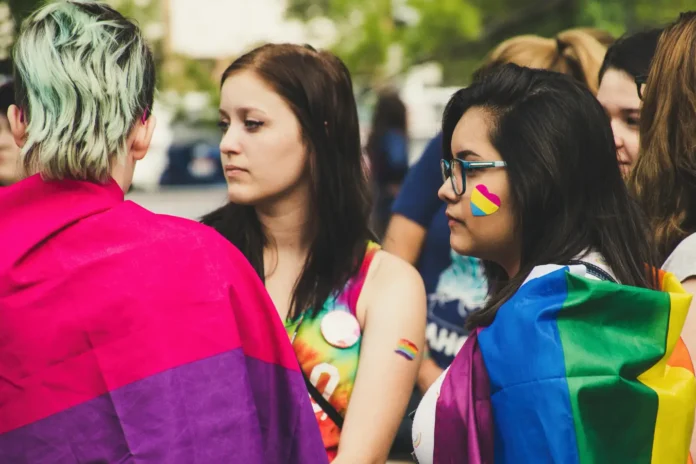
Youth activism has found a new fertile territory for growth and development in the digital realm. In Argentina, young people aged 18 to 24 are redefining social participation through social media and digital platforms. A recent report from a study by Cultura de Dar, an initiative that is part of Voices! shows that despite the low interest in politics, nearly half of the country’s youth are interested in actively working to solve a social, environmental, or political issue and a similar proportion believes their actions can have an impact. The study highlights that six out of ten young people actively engage in social, environmental, or political matters online. This phenomenon has allowed new generations to become informed, mobilize and act in ways that depart from traditional formal structures like non-governmental organizations (NGOs) and raises questions about the depth and impact of this participation.
Social media has revolutionized how young people interact with the world and social causes. Access to tools like Twitter, Instagram, or TikTok has enabled them not only to stay informed but also to organize campaigns, spread messages virally and sign petitions in seconds. This accessibility has democratized activism, allowing anyone, regardless of location or socioeconomic status, to participate in social movements. It is no longer necessary to be physically present at a protest or part of an NGO to make one’s voice heard. The flexibility and speed of digital activism are major advantages, enabling instant mobilization around urgent issues like the climate crisis, gender equality, or human rights. Young people, eager to feel part of something bigger, are also attracted by these channels, which provide metrics (through likes, shares, or similar measures) that show just how large their community is.
However, this transformation also raises questions about the effectiveness and depth of these actions. Many young people prefer to act independently or with friends and family rather than channel their efforts through institutions, which are facing a crisis of trust globally, but especially in our region. This type of participation also risks being fragmented and, at times, short-lived. Although young people are willing to mobilize quickly when a relevant issue arises, their long-term involvement may be affected by a lack of structure and continuity. This reflects a departure from traditional structures, which they view as slow or ineffective and an inclination towards more horizontal and flexible forms of organization.
A common criticism of digital activism is that it can be superficial, often referred to as “slacktivism.” Sharing a post or signing a petition from the comfort of home does not always translate into concrete actions that bring about real change. However, the report’s data suggest that while Argentine youth are active in the digital world, they also participate in more tangible actions in real life.
In fact, this group shows a greater tendency to engage in volunteer work or donate goods compared to other age segments. This finding underscores that while digital activism may seem superficial in some cases, for many young people, it is just the first step or a complement to more committed participation.
The strength of NGOs remains key to the social capital of a society. NGOs provide structure, continuity and, above all, an organizational capacity that cannot be matched by the isolated and spontaneous actions of digital activism. NGOs not only channel citizen participation but also play a crucial role in accountability, project monitoring and ensuring that resources reach where they are needed. Many young people are unaware of NGOs’ activities or do not perceive their importance, leading to a disconnect between their potential and youth participation.
Furthermore, young people tend not to make regular donations, which presents a challenge for these organizations that need predictable resources. This lack of long-term financial commitment, along with the tendency to jump between different NGOs, complicates their strategic planning, ultimately affecting their ability to generate sustainable change.
In summary, youth activism in the digital age presents a unique opportunity for rapid and effective change, but it also faces significant challenges. The key will be to find a balance between the spontaneity and flexibility of digital activism and the stability and organization of NGOs. Only then will young people be able to make the most of their ability to influence the world around them, both now and in the future.


